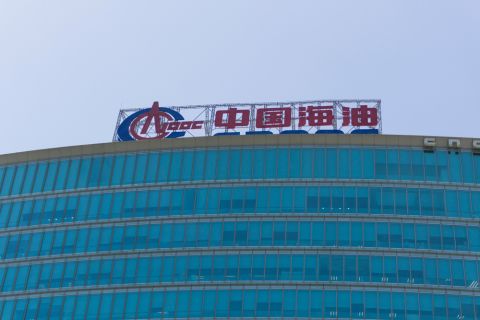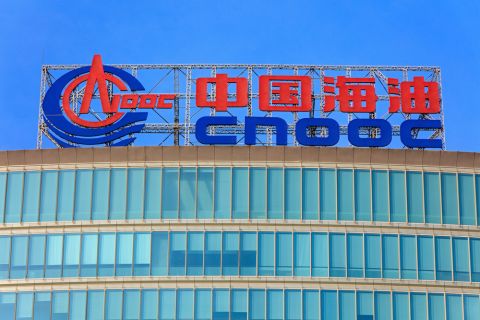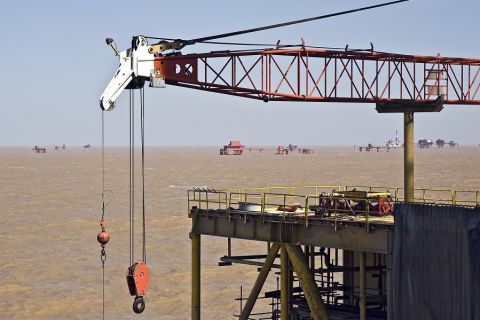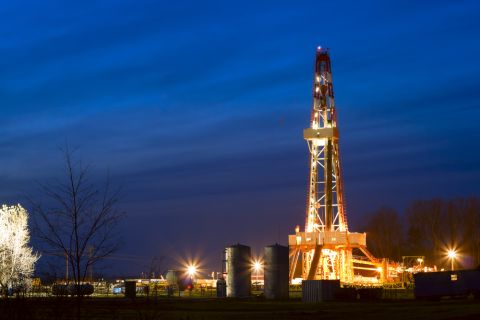High oil prices are hurting consumers and could also have adverse implications for producers, the executive director of the International Energy Agency (IEA) said on Oct. 30.
Major emerging Asian economies such as India and Indonesia have been hit hard this year by rising crude oil prices, which despite declining this month are still up by about 15% since the start of 2018.
Fuel import costs have been pushed up further by a slide in emerging market currencies against the dollar, denting growth and even triggering protests and government fuel price controls in India.
“Many countries’ current account deficits have been affected by high oil prices,” IEA chief Fatih Birol said at an energy conference in Singapore.
“There are two downward pressures on global oil demand growth. One is high oil prices, and in many countries they’re directly related to consumer prices. The second one is global economic growth momentum slowing down.”
The effect of high oil prices will be compounded in Southeast Asia as demand is rising fast but production is falling, resulting in the region becoming a net importer of oil, gas and coal, Birol said.
Despite the possibility of a slowdown, Birol said the general outlook for fuel consumption was for continued growth.
While the rise of electric vehicles is expected to result in peak demand for products like diesel and gasoline within coming years, a consumption boom in products such as plastic as well as fuel demand growth from aviation have triggered large-scale refinery investment into petrochemical products and high quality products like jet fuel.
“Global oil demand will continue to grow even amid the rise of electric vehicles as they are governed by petrochemicals, aviation, among others,” he said.
BHP Billiton (NYSE: BHP), the world’s biggest miner, which has oil and gas assets but also hopes to benefit from the demand for raw materials coming from batteries for electric vehicles (EV), also said oil demand would still grow despite the rise of EVs.
BHP’s chief commercial officer, Arnoud Balhuizen, said on Oct. 30 during a conference in Melbourne that oil demand will increase by 1% a year on average over the next 10 to 15 years.
“There will be substitution coming... on the back of an increased pickup of electric vehicles. But even if we plug in the most ambitious electric vehicle trends... in our forecasting, we continue to see oil demand on the back of other sectors,” he said.
Recommended Reading
CNOOC Makes 100 MMton Oilfield Discovery in Bohai Sea
2024-03-18 - CNOOC said the Qinhuangdao 27-3 oilfield has been tested to produce approximately 742 bbl/d of oil from a single well.
CNOOC Finds Light Crude at Kaiping South Field
2024-03-07 - The deepwater Kaiping South Field in the South China Sea holds at least 100 MMtons of oil equivalent.
CNOOC’s Suizhong 36-1/Luda 5-2 Starts Production Offshore China
2024-02-05 - CNOOC plans 118 development wells in the shallow water project in the Bohai Sea — the largest secondary development and adjustment project offshore China.
US Drillers Cut Oil, Gas Rigs for Second Time in Three Weeks
2024-02-16 - Baker Hughes said U.S. oil rigs fell two to 497 this week, while gas rigs were unchanged at 121.
Evolution Petroleum Sees Progress on SCOOP/STACK, Chaveroo Operations
2024-03-11 - Evolution expects to participate in future development blocks, holding in aggregate over 70 additional horizontal well locations.




